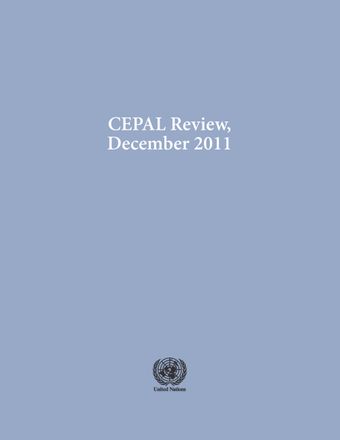-
Income inequality and credit markets
- Source: CEPAL Review, Volume 2011, Issue 105, Dec 2011, p. 37 - 51
- Spanish
-
- 31 Dec 2011
Abstract
Three empirical regularities have been identified in the financial literature: bank credit markets operate with collateral, they operate with excess demand and they coexist with other forms of credit provision. In the particular case of less developed countries, the financial structure comprises the banking industry, the formal non-banking industry and the informal sector. This paper presents a theoretical model that explains all three regularities together. According to the model, wealth inequality in society is the essential factor that explains this dual-dual financial structure. The model predicts market segmentation: the wealthy and the banks constitute one market, the less wealthy and formal non-banking organizations constitute another and the poorest groups and small lenders constitute the informal sector; moreover, credit is more expensive in the latter sectors. As long as wealth inequality remains unchanged, this financial structure will prevail. The public policy implications of the model are also presented.





